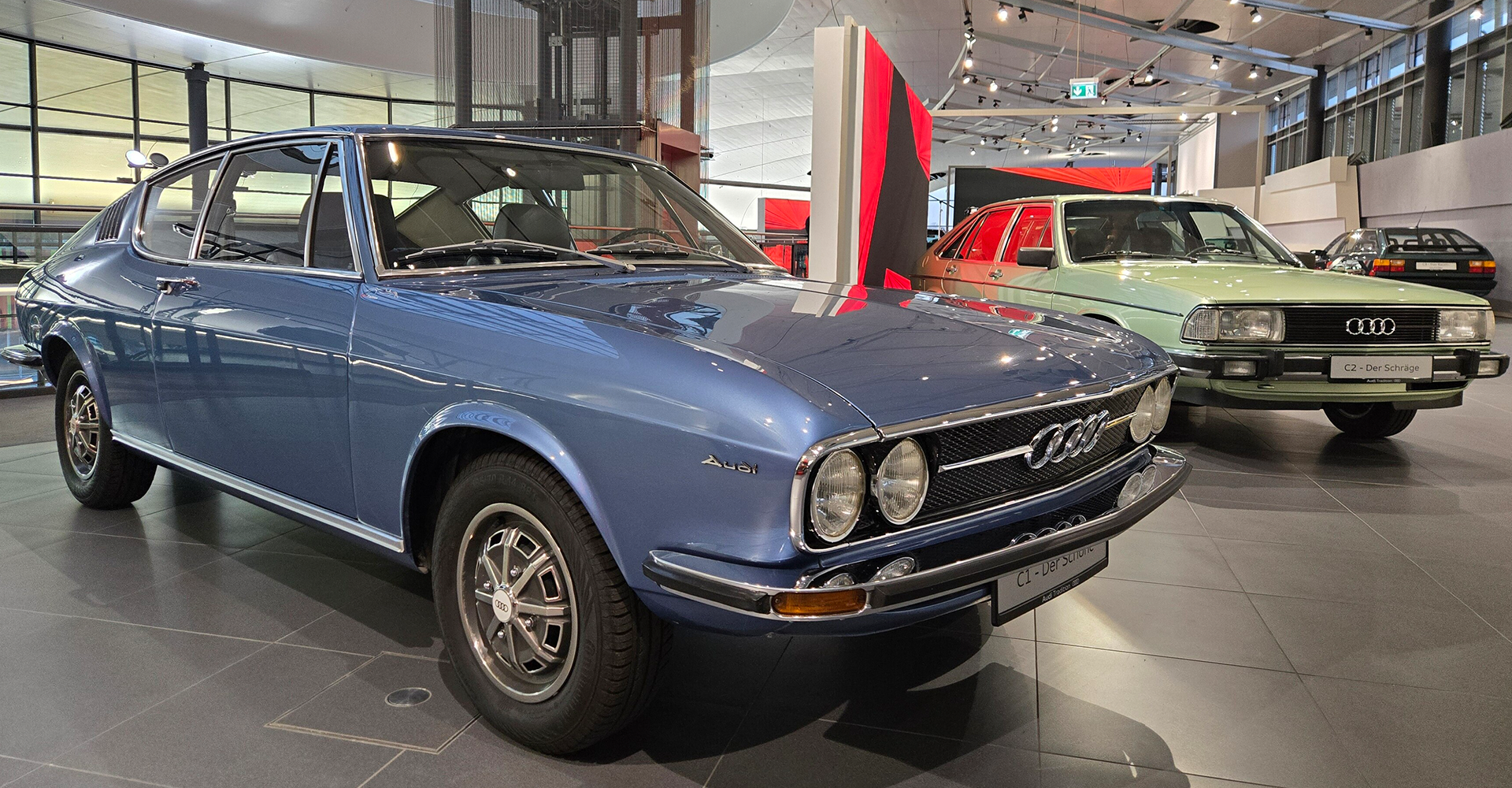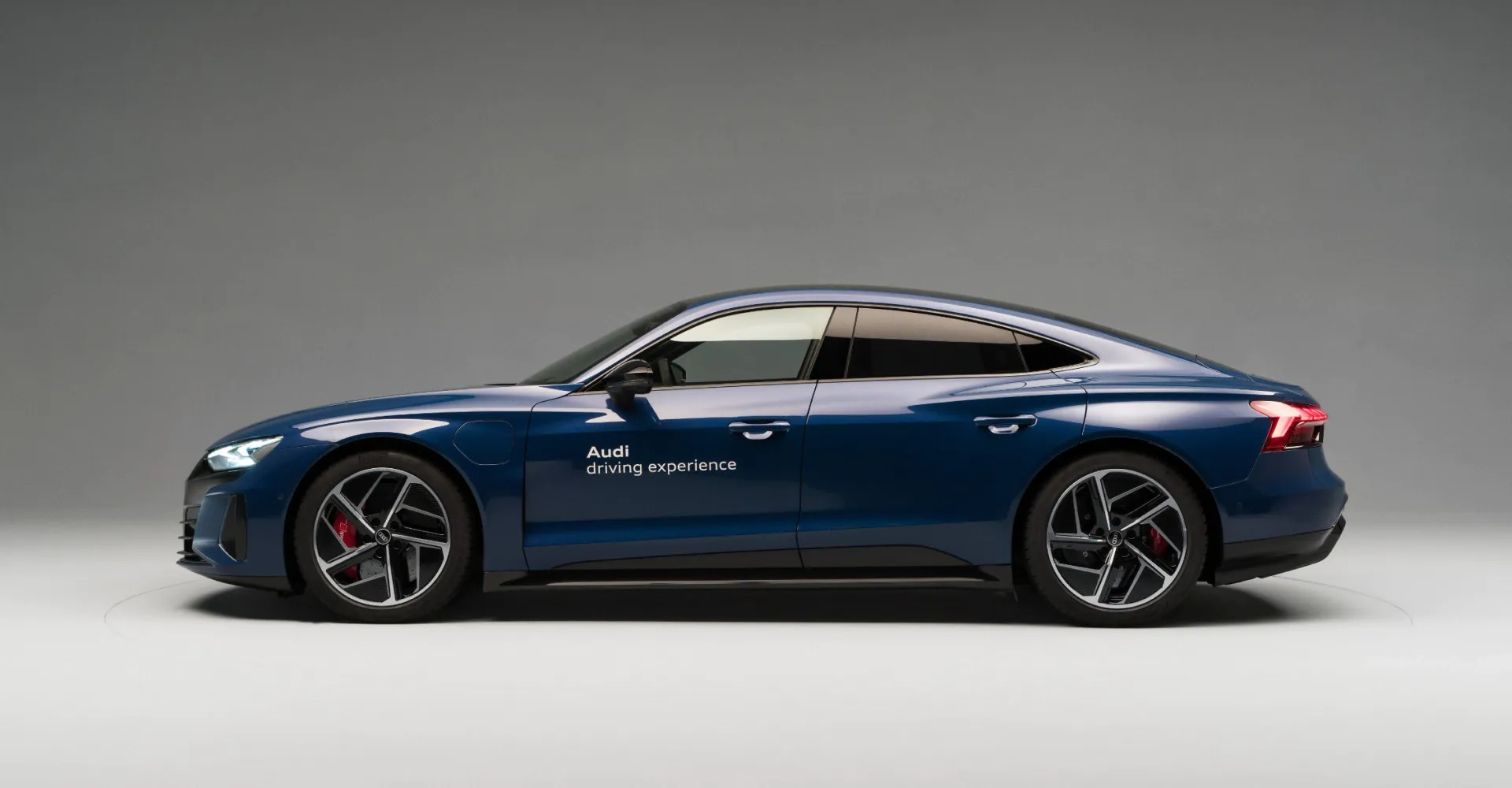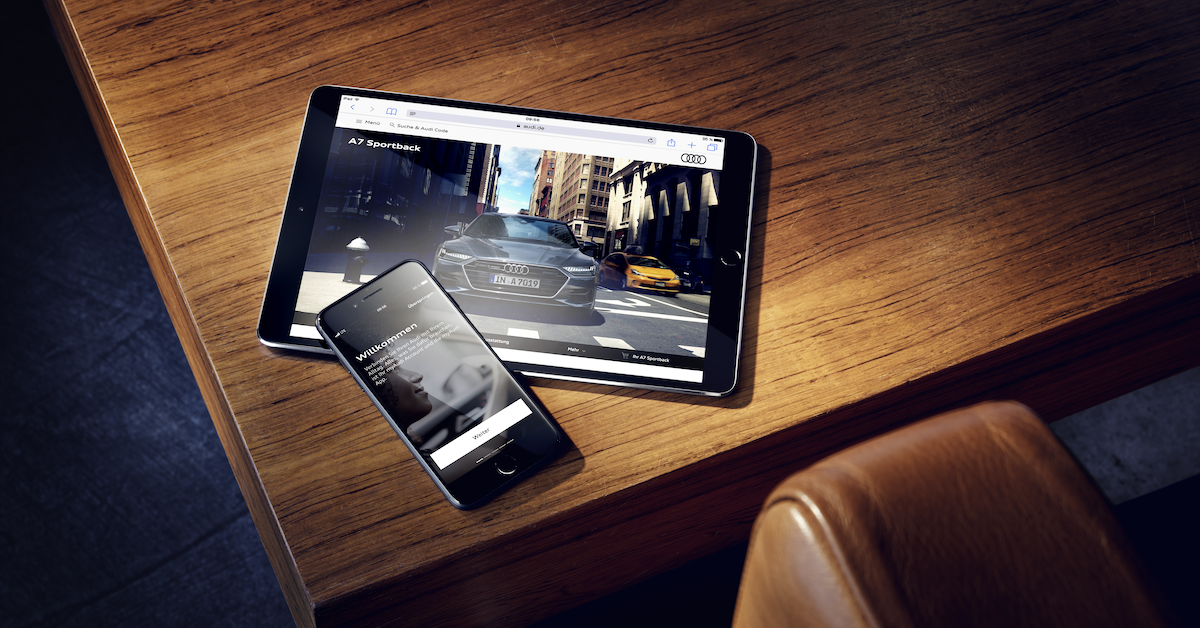Audi doživetja 27.03.2025
How many times have you sat stuck in unmoving, nose-to-tail traffic, wishing you could press a button on top of the gear lever, or just pull back on the steering wheel and send your car soaring over the top of all the others? It’s an impossible dream, of course. Or is it? Certainly, you wouldn’t expect any of the big car manufacturers to take the idea seriously. Yet at 2017´s Geneva Motor Show, a full-size model of something that looked every millimetre a flying car was unveiled. And right there on its nose was a four-ring Audi badge. The concept, titled Pop.Up Next, also bore branding from Italdesign and Airbus. It followed on from an earlier project, Pop.Up, shown by the Audi-owned Milan-based design and engineering company Italdesign at the same show in 2017.






